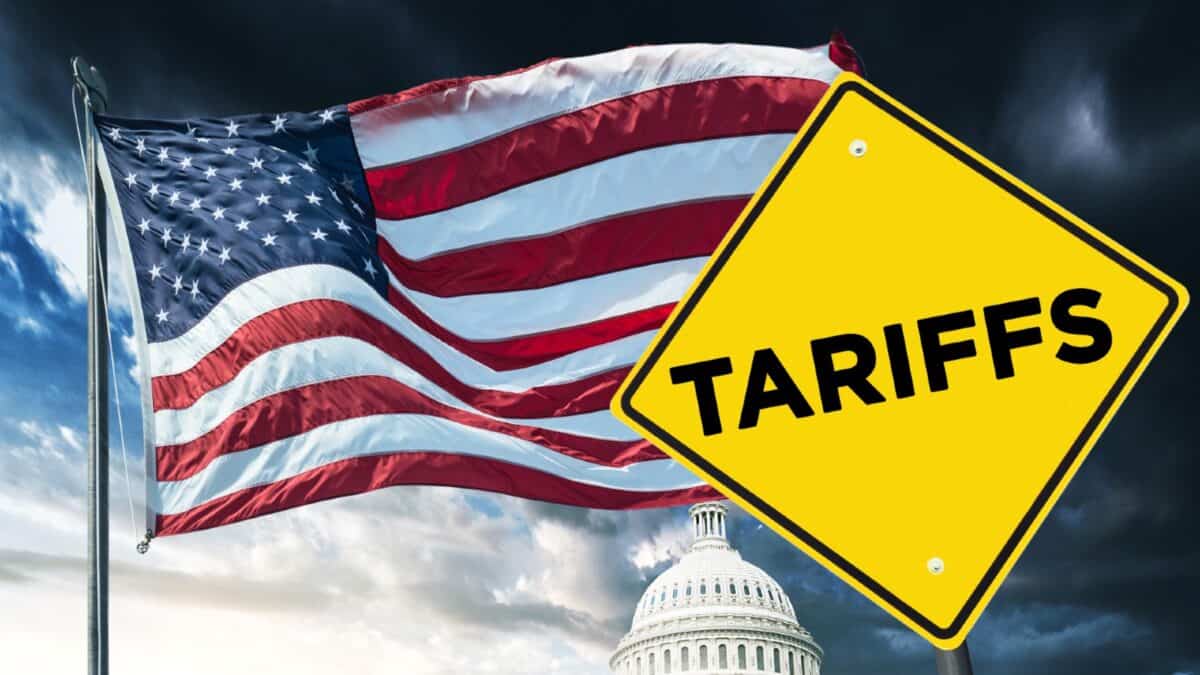Image source: Getty Images
Rolls-Royce (LSE:RR) shares have rallied since late summer. This particularly volatile FTSE 100 stock is down 1% over 12 months, but is up 49% over six months. But this is nothing compared to the longer-term fluctuations in the share price. Over three years, the stock is down 50%.
So, why is this? And why do I think the stock can continue its recent surge upwards?
Covid challenges
Covid-19 is largely responsible for Rolls’s fortunes over the past three years. Engine-flying hours (EFH) account for a large proportion of the firm’s income. And, as the pandemic saw air traffic collapse, income from EFHs tanked.
The engineering giant recently announced that large EFHs were around 65% of pre-pandemic levels in the four months to the end of October.
Despite this, the other two business segments, power systems and defence, performed well.
What’s changing?
Liz Truss’s inflation-provoking growth plans inflamed a global issue, further raising concerns about borrowing costs for debt-ridden stocks like Rolls-Royce. But the economic climate has undoubtedly improved since then.
And there are further reasons for positivity, which I think should drive revenue upward in the coming years.
Tailwinds in aviation:
China’s reopening represents a major boost for Rolls and its EFHs. In China, wide-body planes with two aisles and Rolls-Royce engines are often used for short-haul routes. But in 2022, flying hours remained around 30% of pre-pandemic levels. It’s worth noting that Rolls’s engines tend to be used in wide-body jets.
New orders:
Some 13,700 aircraft were mothballed during the pandemic — many of which are no longer fit for service. As such, with demand for flying returning, many airlines are procuring new aircraft. Airlines like Air India, United, and American placed sizeable orders for new jets in 2022. The first intends to grow its fleet by 500.
Fresh demand has been highlighted by easyJet this week. The firm noted a 161% year-on-year increase in customer bookings for summer 2023.
Doubling my money?
Estimating how much Rolls should be worth is challenging as cash flow from operating activities has been negative in recent years. However, a discounted cash flow calculation, looking at cash flow over 10 years, suggests the stock could be undervalued by up to 50%.
The data infers a share price range of 88.8p-238p. The sizeable variation reflects challenges around forecasting what will happen to cash flow in the coming years.
As suggested, and despite the £4bn debt burden, I’m bullish. I’m expecting to see growth in all three segments as demand for air travel returns, increasing emphasis is put on fuel efficient and carbon neutral power systems, and as geopolitical tensions increase defence spending.
I’m already a Rolls-Royce shareholder. I’ll be buying more of this stock at 112p because I contend it could really outperform the index this year. Doubling my money is certainly possible, but I’m not expecting that in the near term.
Credit: Source link














